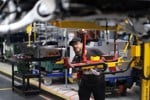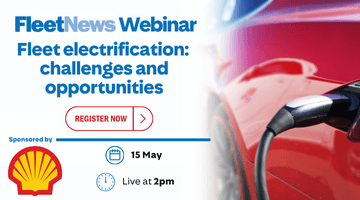Eight areas are piloting the initiative that sees between three and five postal workers working simultaneously from the same van.
They 'starburst' from the van and deliver in short walking stretches, typically of just 15 to 20 minutes each, before returning to the van for more mail.
A Royal Mail spokesman denied that Starburst was an attempt by the Royal Mail to avoid the full impact of congestion charges in UK cities.
The postal regulator Postcomm has advised that on competition grounds the Royal Mail should not be exempt congestion charges.
The Royal Mail claims 'Starburst' reduces the time postal workers spend walking and lightens the loads they carry on any one trip.
It also reduces demand for vehicles - no new vehicles will be required for the trials - and should allow the Royal Mail to make high volume deliveries to businesses in shorter spans of about two hours from 7am, before making deliveries to residential addresses.
The Royal Mail is already using route planning computer software to ensure its vehicles drive the most direct route, and the Starburst trials are being conducted as part of a broader programme, called Tailored Delivery Services, aimed at returning the loss-making Royal Mail to profitability.
A spokesman said the scheme would be more appropriate to urban areas than rural districts, where solo-occupant post vans and bikes will continue to operate. The Royal Mail operates a fleet of 33,000 bicycles.
In a further shake-up to mail delivery, fellow Consignia company Parcelforce Worldwide has piloted a service with Express Dairies in Northamptonshire, where milkmen are now delivering parcels alongside pints of milk.
Their milk floats have been fitted with secure boxes to store packages sent through the Parcelforce network.
















Login to comment
Comments
No comments have been made yet.